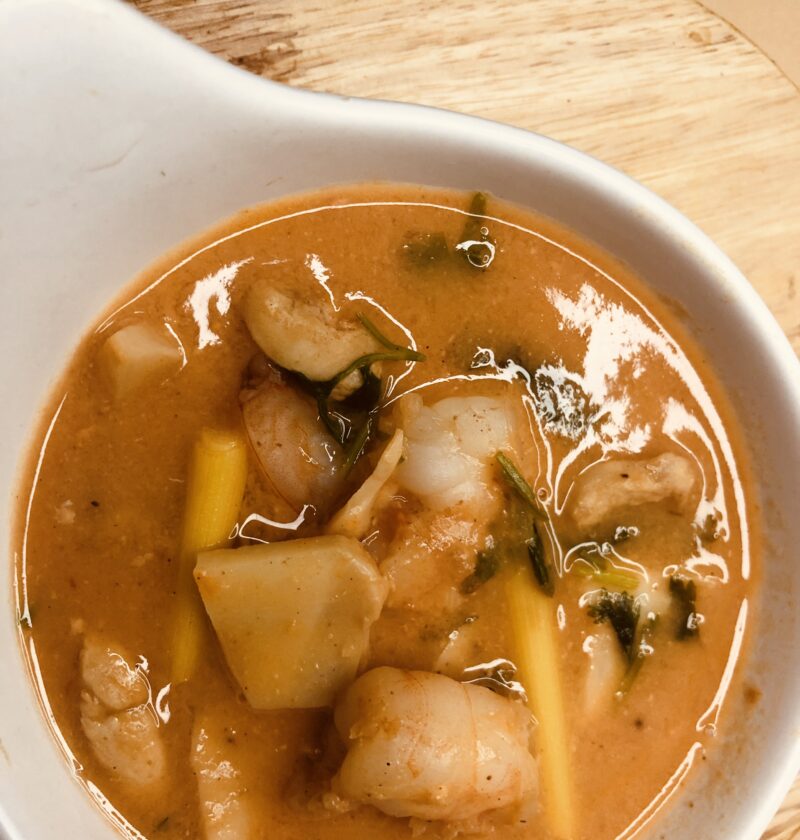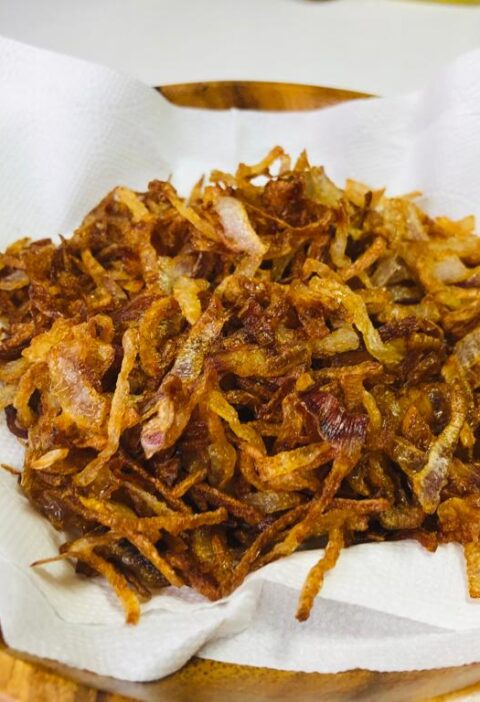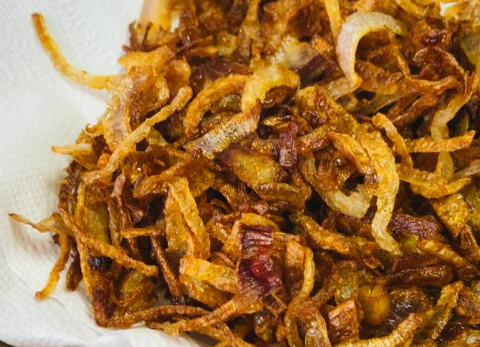Cooking Tips for Making Perfect Thai Soup
Thai soups are beloved for their complex flavors and aromatic ingredients. Whether you’re making a spicy Tom Yum or a creamy Tom Kha, here are some tips to help you achieve authentic and delicious results.
1. Balance the Flavors:
Thai cuisine balances four primary flavors—spicy, sour, sweet, and salty. When making Thai soup, taste as you go and adjust these flavors accordingly:
– Spicy: Add Thai bird’s eye chilies, chili paste, or oil.
– Sour: Lime juice or tamarind paste will give your soup a tangy kick.
– Sweet: A touch of palm sugar or coconut sugar adds sweetness.
– Salty: Fish sauce is the traditional choice for saltiness, but soy sauce or sea salt can work too.
2. Use Fresh Herbs and Spices:
Thai soups derive much of their flavor from fresh herbs like lemongrass, kaffir lime leaves, cilantro, and Thai basil. Fresh ginger or galangal also contributes to the signature Thai taste. Use fresh ingredients rather than dried or powdered versions whenever possible to capture the authentic aroma and flavor.
3. Don’t Overcook the Shrimp (or Other Proteins):
For soups like Tom Yum Goong, where shrimp is a key ingredient, be careful not to overcook the shrimp. Shrimp cook very quickly and can become rubbery if overdone. Add them towards the end of cooking and remove the soup from heat when they turn pink and opaque.
4. Make the Broth Aromatic:
To create a rich, aromatic broth, start by simmering key ingredients like lemongrass, galangal, and kaffir lime leaves in water or broth for several minutes. This allows the flavors to infuse into the liquid before adding other components like mushrooms, vegetables, or proteins.
5. Adjust Spice Levels to Your Taste:
Thai soups are known for their spiciness, but you can adjust the heat to suit your preference. Start with a small number of chilies or chili paste and add more gradually. If the soup becomes too spicy, you can tone it down by adding more coconut milk, lime juice, or broth.
6. Consider the Coconut Milk:
If your recipe calls for coconut milk, remember how much you add. Coconut milk adds creaminess and sweetness to soups like Tom Kha Gai, but too much can overpower other flavors. Add a little at a time and taste as you go. Full-fat coconut milk will create a more prosperous, creamier soup, while light coconut milk will make a lighter version.
7. Use Fish Sauce Wisely:
Fish sauce is a staple in Thai cooking, adding depth and umami. It’s quite potent, so start with a small amount and add more if needed. If you’re unfamiliar with its strong flavor, remember that it mellows out when combined with the other ingredients in the soup.
8. Prepare Ingredients in Advance:
Thai soups often come together quickly, so it’s important to have all your ingredients prepped and ready before you start cooking. Slice the lemongrass, galangal, and vegetables, and measure out liquids like fish sauce and lime juice in advance. This ensures smooth and efficient cooking.
9. Garnish Right Before Serving:
Garnishes like fresh cilantro, Thai basil, and extra lime wedges should be added just before serving. This keeps the herbs vibrant and aromatic, adding a final burst of freshness to the soup.
10. Customize the Recipe:
Thai soup recipes are versatile and can be adjusted to accommodate dietary preferences. For a vegetarian version, swap shrimp for tofu or chicken, or replace fish sauce with soy sauce or tamari. Don’t hesitate to experiment with ingredients that suit your taste.
11. Use the Right Rice:
If you’re serving your Thai soup with rice, jasmine rice is the traditional choice. Its subtle fragrance complements the bold flavors of Thai soups. Cook it separately and serve it on the side, allowing guests to add rice to their preferred soup.
12. Simmer, Don’t Boil:
It’s best to simmer the broth gently rather than boiling it rapidly when making Thai soups. A gentle simmer allows the flavors to meld together without overcooking the ingredients or making the broth cloudy.
13. Add Vegetables Toward the End:
Vegetables like mushrooms, tomatoes, or bok choy should be added towards the end of the cooking process to maintain their texture and color. Overcooking them can lead to mushy vegetables that lose their vibrancy.
14. Store Leftovers Carefully:
Thai soups often taste even better the next day as the flavors develop. However, avoid reheating the soup too often as it can change the texture of the proteins. Store leftover soup in an airtight container in the fridge and reheat it gently when you’re ready to enjoy it again.
By following these tips, you’ll be well on your way to creating flavorful, aromatic Thai soups that capture the essence of Thai cuisine right in your kitchen.






